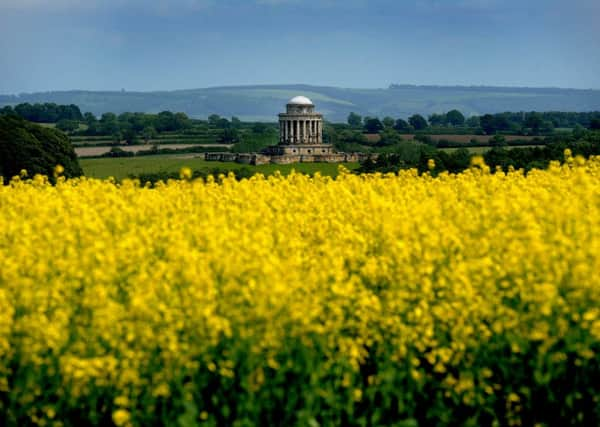Why rural life is better in North Yorkshire


Hambleton, on the western fringe of the North York Moors, is rated the fourth most desirable place to live, with Ryedale, Richmond, Craven and Selby also all performing well, the data from Halifax reveals.
But none could match the allure of the UK’s number one spot, the Orkney Islands, ten miles off the coast of north-east Scotland.
Advertisement
Hide AdAdvertisement
Hide AdResidents in Hambleton, which takes in Thirsk, Bedale, Northallerton and Easingwold, appear to be happier and less anxious than in many other parts of the UK.
The area is said to have an employment rate significantly above the national average, more than 95 per cent of adults rate themselves in good health and men and women live, on average, into their 80s compared to 79.5 in the rest of the country.
Hambleton has consistently placed towards the top of “quality of life” indexes, and was the sole Yorkshire entry in the December 2015 top 50. The district is overwhelmingly rural, with around 95 per cent of its 1,311 square kilometres given over to green space.
Its southern tip extends to the north of York, while its southeastern corner takes in the Howardian Hills, designated an area of outstanding natural beauty.
Advertisement
Hide AdAdvertisement
Hide AdHowever, despite its relative isolation it is well-placed for commuters, with the A19 close by and the A1 and York station 20 minutes away.
The region was immortalised in the works of the local veterinarian Alf Wight, whose fictional persona, James Herriot, was the central character in the series of books that inspired the television series, All Creatures Great and Small. Its author referred to the surrounding hills as “God’s own country”.
The annual Halifax survey gathers figures covering the labour and housing markets, the environment, education, health, and personal wellbeing using a variety of sources including government data, the Met Office, Ofcom and Halifax itself.
It was the stunning scenery and enviable choice of pubs that earned Orkney its top spot, the company said.
Advertisement
Hide AdAdvertisement
Hide AdIts average earnings, average spend per pupil on education, low anxiety levels and low crime rates were all said to have tipped the balance in its favour.
Wychavon in Worcestershire was identified as the second most desirable place to live. Residents there have some of the biggest homes in rural Britain, with an average of just over six habitable rooms. Some 92 per cent can access superfast broadband.
The Derbyshire Dales and Purbeck in Dorset completed the top five,
Martin Ellis, an economist at Halifax, said: “With one of the lowest population densities and traffic levels in Scotland, some of the most stunning scenery in the British Isles and the lowest levels of anxiety and highest life satisfaction ratings, the Orkneys offer a quality of life unmatched elsewhere in rural Britain.”
Advertisement
Hide AdAdvertisement
Hide AdHouse hunters searching for the good life in the Orkneys may also find it relatively affordable.
Office for National Statistics figures show average house prices there fell by 4.3 per cent annually in January to reach £108,224. The average UK house price was £218,000 in January, according to the ONS.
Last year’s winner in Halifax’s survey, South Oxfordshire, fell to 10th place this time, but still scored strongly on earnings, employment rate and a low crime rate.
Nowhere in the north east of England made the top 50, with Northumberland ranked at 94. The south east and south west took a total of 20 places.